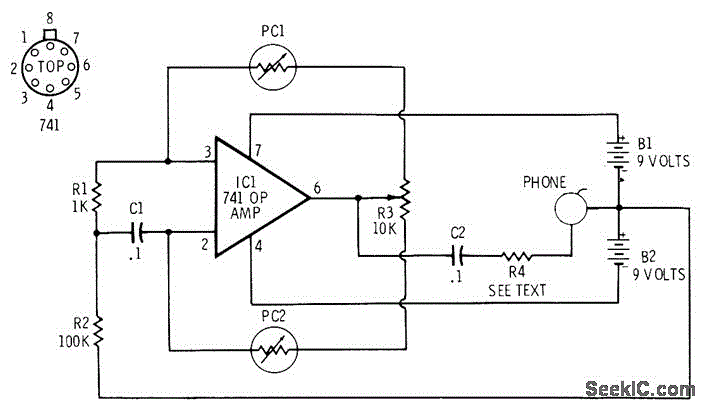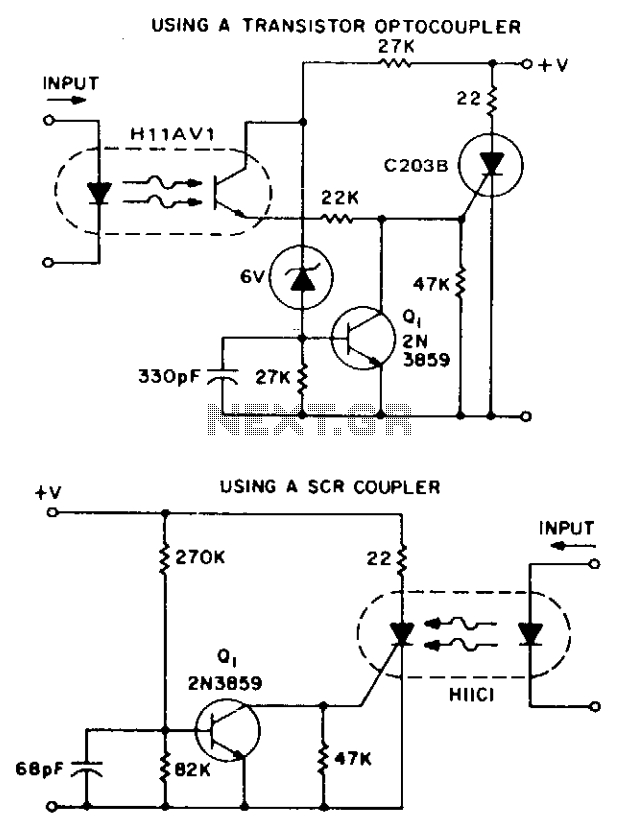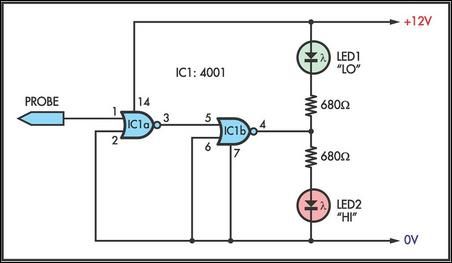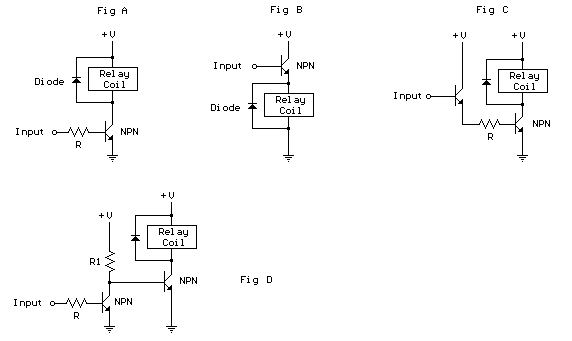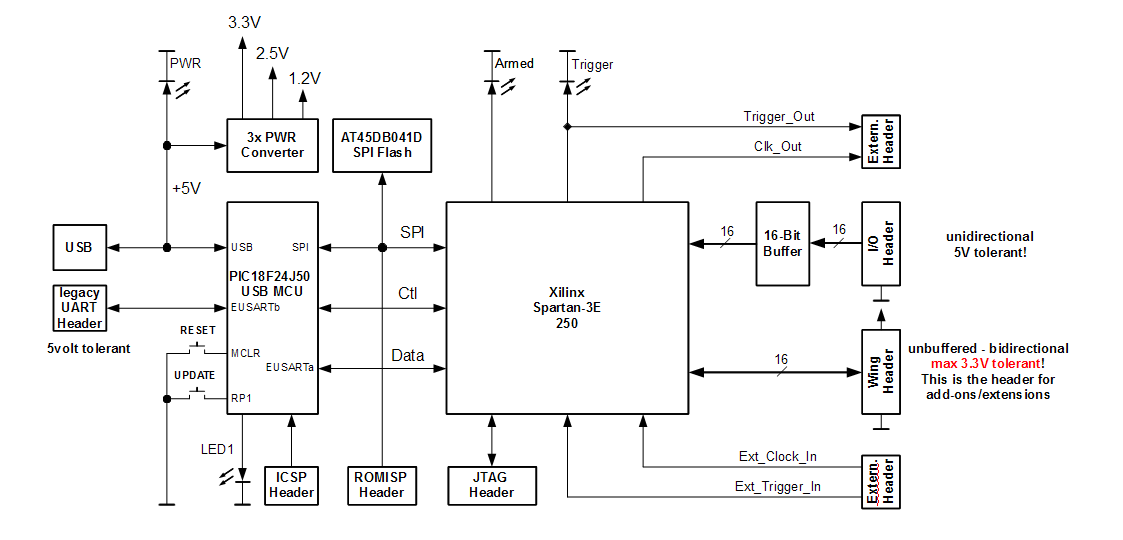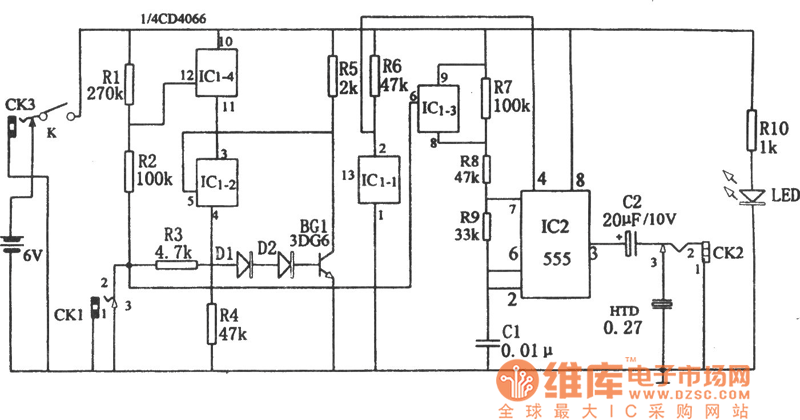
Audible Logic Probe/Indicator
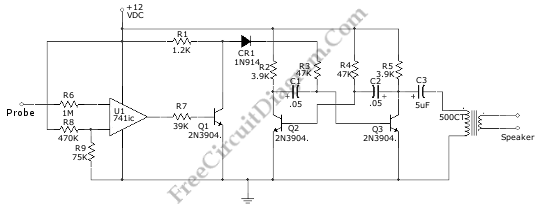
A logic indicator circuit, also known as a logic probe, is utilized to identify the logic level at any point within a logic circuit. The indicator can be visual, employing components such as LEDs, LCDs, or seven-segment displays.
The logic indicator circuit serves as an essential tool for troubleshooting and analyzing digital circuits. It typically consists of a voltage divider, a comparator, and a visual output component. The voltage divider scales the input voltage to a manageable level, while the comparator compares this voltage against a predefined threshold to determine the logic level—high or low.
For visual indication, the circuit can incorporate different types of displays. An LED may light up in response to a high logic level, while an LCD can provide more detailed information about the logic state. A seven-segment display can be used to show binary values or specific logic levels in a more user-friendly format.
The design may include additional features such as a built-in buzzer for audible alerts or a switch to toggle between different voltage ranges, enhancing its versatility. The circuit can be powered by a battery or an external power source, ensuring portability and ease of use in various environments.
In summary, the logic indicator circuit is a vital instrument in electronic diagnostics, providing clear visual feedback on the state of logic signals, thus facilitating efficient circuit analysis and debugging.Logic indicator circuit / logic probe is used to identify logic level at any point of logic circuitry. The indicator can be visual (using LED, LCD, of 7. 🔗 External reference
The logic indicator circuit serves as an essential tool for troubleshooting and analyzing digital circuits. It typically consists of a voltage divider, a comparator, and a visual output component. The voltage divider scales the input voltage to a manageable level, while the comparator compares this voltage against a predefined threshold to determine the logic level—high or low.
For visual indication, the circuit can incorporate different types of displays. An LED may light up in response to a high logic level, while an LCD can provide more detailed information about the logic state. A seven-segment display can be used to show binary values or specific logic levels in a more user-friendly format.
The design may include additional features such as a built-in buzzer for audible alerts or a switch to toggle between different voltage ranges, enhancing its versatility. The circuit can be powered by a battery or an external power source, ensuring portability and ease of use in various environments.
In summary, the logic indicator circuit is a vital instrument in electronic diagnostics, providing clear visual feedback on the state of logic signals, thus facilitating efficient circuit analysis and debugging.Logic indicator circuit / logic probe is used to identify logic level at any point of logic circuitry. The indicator can be visual (using LED, LCD, of 7. 🔗 External reference
